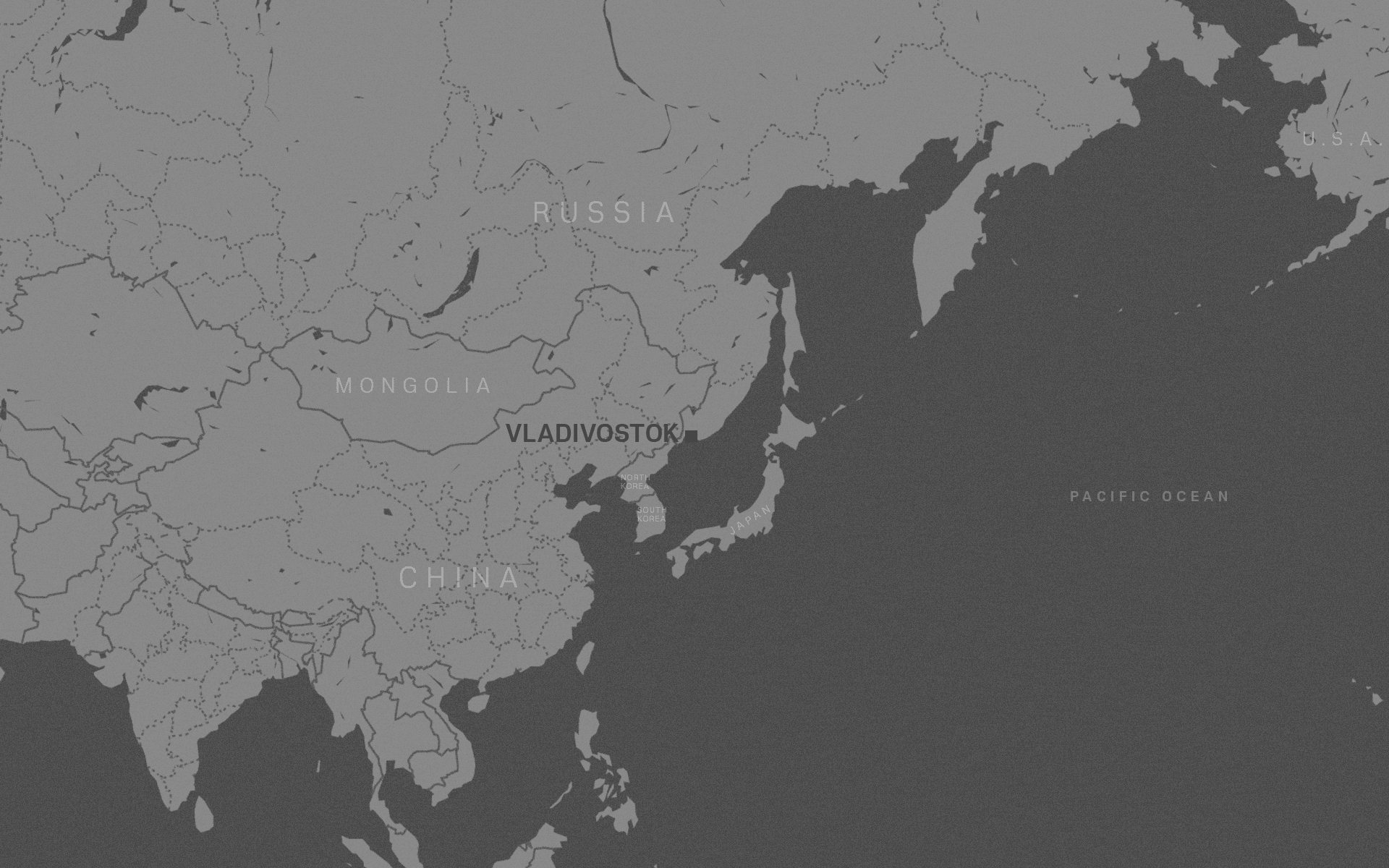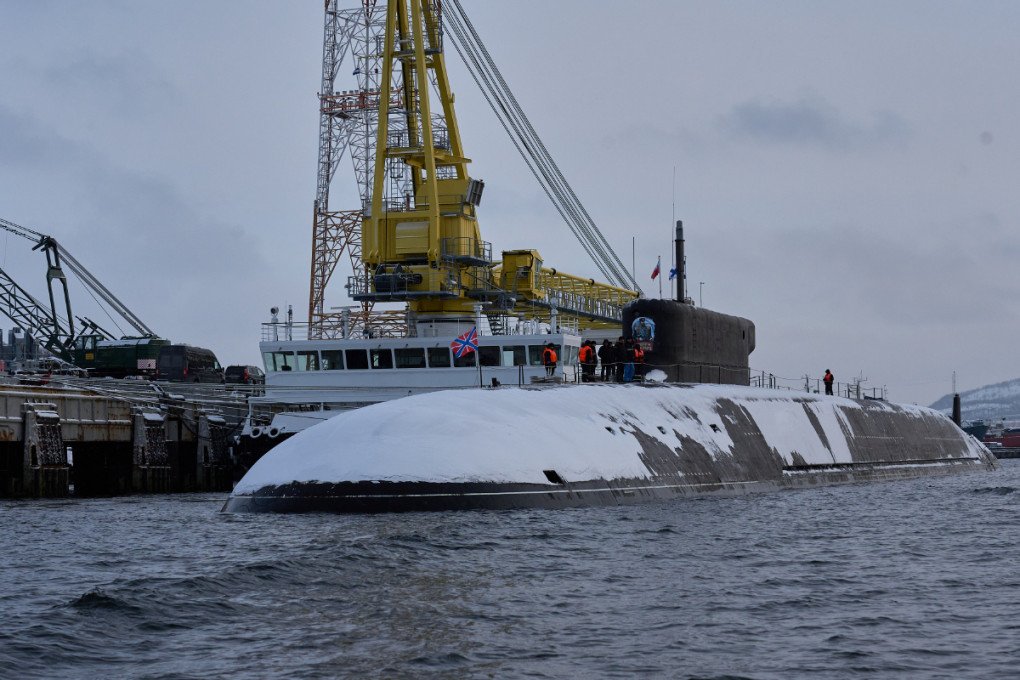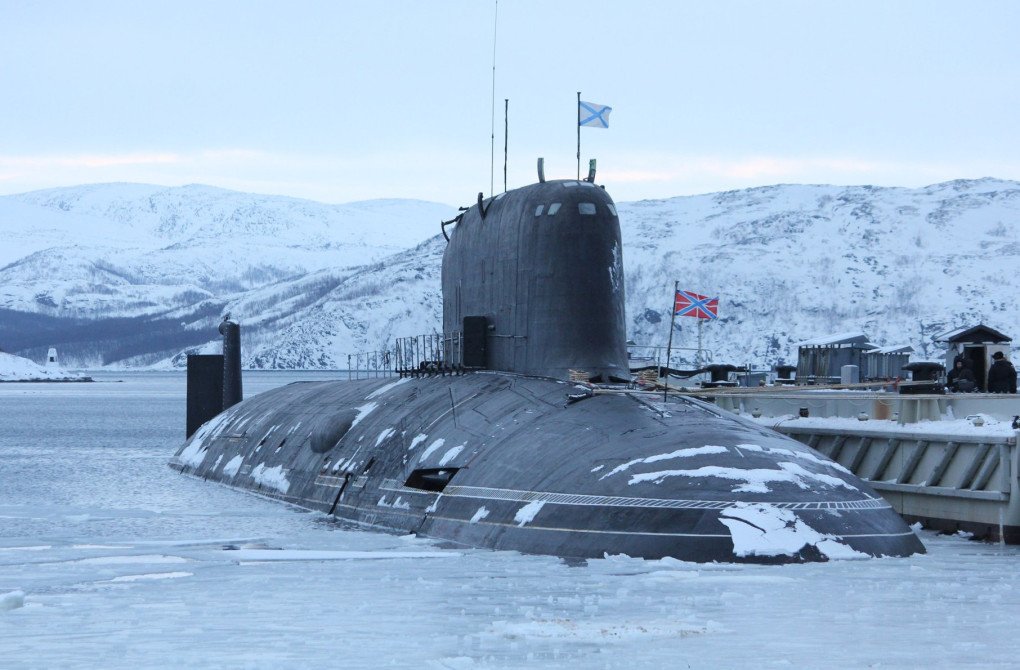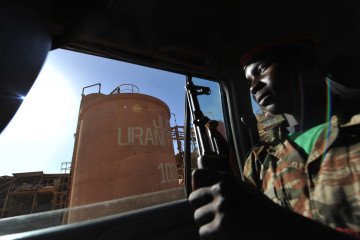- Category
- World
Russia Supercharges Its Pacific Fleet With 7 New Submarines and 3 More on the Way

Russia calls its Pacific Fleet the crown jewel of its navy—stronger than the Baltic, Northern, or Black Sea fleets—and continues to expand it.
Russia’s Pacific Fleet consists of nearly 100 naval warships, from amphibious assault vessels to nuclear submarines. Since 2011, the Kremlin has pursued an aggressive modernization push—aiming to dominate the Pacific while retaining the flexibility to shift power north to the Arctic, where it also maintains a substantial military presence through the Northern Fleet.
This buildup has accelerated in recent years. Seven submarines have joined the fleet in just two years, with three more on deck by 2026—some already in sea trials. So what’s under the surface?
Russia’s submarine fleet
Very few countries in the world can build submarines at the pace Russia does—and even fewer operate nuclear-powered subs. Russia is one of them. The Kremlin added two nuclear-powered submarines to its Pacific Fleet in 2024:
K-554 Imperator Aleksandr III — equipped with Bulava ballistic missiles capable of carrying nuclear warheads. This brings the number of such submarines in active service to six.
K-571 Krasnoyarsk — armed with Oniks, Zircon, and Kalibr cruise missiles.
In 2023, the Pacific Fleet added five more submarines—two diesel-powered and three nuclear-powered.

Over the next few years, Russia plans to add two more nuclear-powered submarines of the same class as the Krasnoyarsk. These vessels—named Perm and Vladivostok—are scheduled for delivery in 2026 and 2029.
A diesel-powered submarine, Yakutsk, is also set to enter service in 2025. It will primarily patrol and defend the fleet.
Russia’s Pacific Fleet currently fields 21 active submarines—most of them nuclear-powered—according to public data. Another five are undergoing repairs and upgrades. Nearly a third of the fleet is capable of launching intercontinental ballistic missiles—an integral part of Russia’s nuclear triad.

Russia’s submarine fleet is considered highly formidable. Their stealth allows them to covertly approach launch positions for both ballistic and cruise missile strikes.
Russia’s surface fleet
Russia is also modernizing and expanding the surface arm of its Pacific Fleet. Three large amphibious assault ships are currently under construction, and nearly a dozen new warships—armed with Oniks, Zircon, and Kalibr cruise missiles—are set to launch over the next two years.
The surface fleet consists of approximately 70 vessels, according to open-source data.
Destabilization of the Pacific
The militarization of the Pacific is a Russian attempt to challenge the longstanding balance of power in the region. Fleet expansion poses a direct threat to Japan, which has territorial disputes with Russia, and to the United States, whose territories lie nearby. Russia’s Pacific Fleet can also be swiftly redeployed to the Arctic.
This buildup also presents a threat to South Korea. Russia’s close ally, North Korea, is reportedly receiving sensitive missile and submarine technologies from Moscow, according to intelligence sources. This transfer amounts to direct pressure on both Japan and South Korea.
-29a1a43aba23f9bb779a1ac8b98d2121.jpeg)
-283d77c1379d612e6f72cf1b6de7dacb.png)
-46f6afa2f66d31ff3df8ea1a8f5524ec.jpg)


-554f0711f15a880af68b2550a739eee4.jpg)
